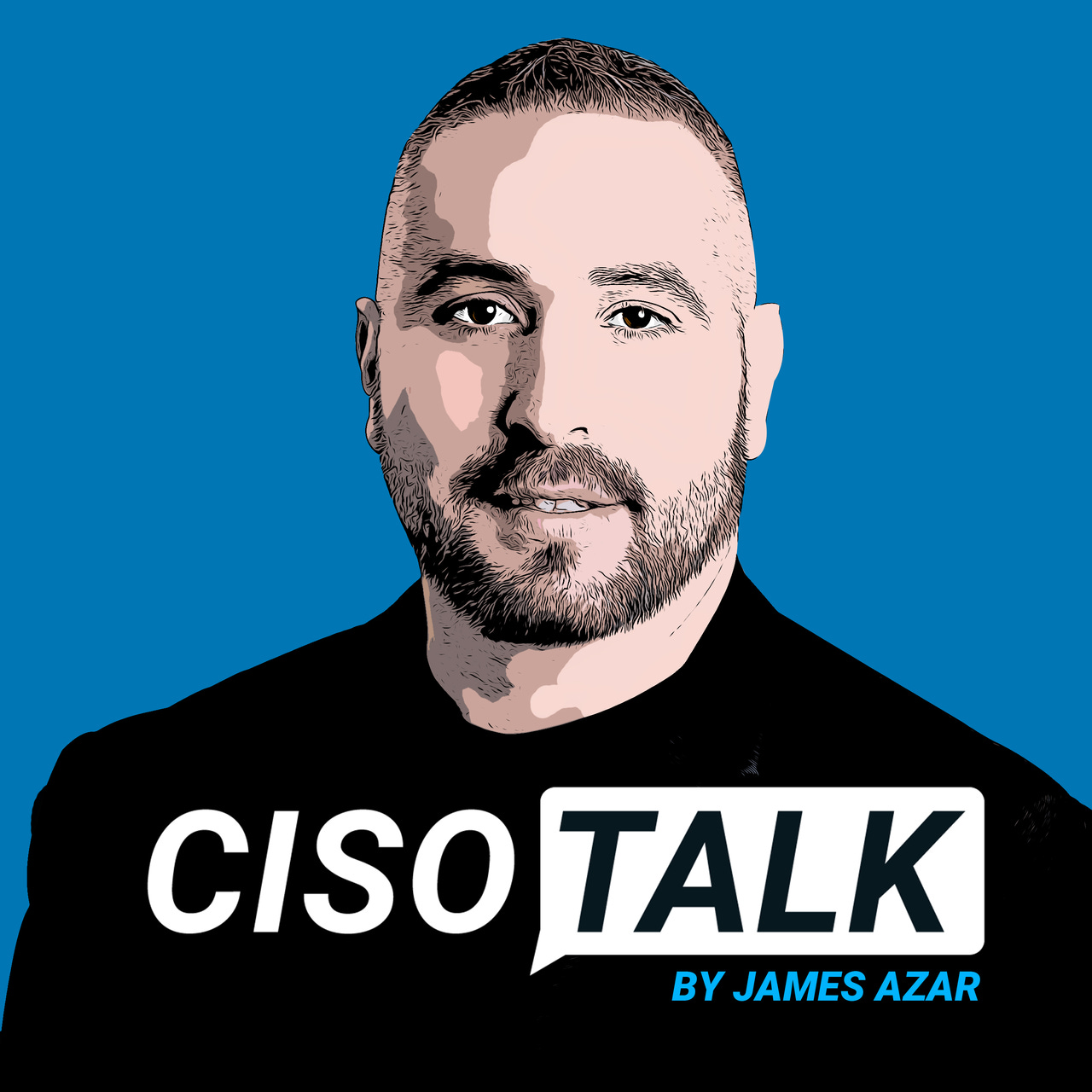In a recent podcast episode featuring Chris Foulon and James Azar, the discussion centered around the concepts of Zero Trust and Least Privilege in cybersecurity.
The episode opened with a note on the hosts being banned from Facebook live streaming, but they quickly moved on to the main topic.
Key Highlights:
Zero Trust and Least Privilege: The conversation emphasized that Least Privilege, a key pillar of Zero Trust, involves more than just access management. It's about ensuring the right people have the right access to the necessary resources at the correct time and level, extending to availability, data classification, and understanding of data and application flow.
Practical Application: Chris shared his experience of implementing role management during a transition from on-premise exchange to Outlook 365, highlighting the importance of defining precise access levels for different roles within an organization. This approach minimizes excessive admin rights and focuses on just-in-time access, which grants necessary privileges temporarily to reduce risk.
Automation and Evolution: The hosts discussed how automation of just-in-time access creation has evolved, making it easier to manage and reducing the need for manual intervention. This is part of a broader trend towards more sophisticated access management in line with Zero Trust principles.
Security Enablement in Business: A significant part of the discussion revolved around how security measures, when implemented correctly, should be almost invisible to users, enhancing their experience rather than hindering it. The hosts argued against the visibility of security measures, advocating for a seamless integration where security enables business operations without unnecessary obstacles.
Human Factor and Adaptation: The hosts also touched on the importance of considering user behavior and adaptations in security planning. Security measures should not be so restrictive that they push users to find workarounds, which could potentially introduce new vulnerabilities.
Future Discussions: The episode concluded with a teaser for the next topic in their series on Zero Trust, hinting at a focus on users in the upcoming discussion.
This episode shed light on the nuanced approach needed for implementing Least Privilege within the Zero Trust framework, emphasizing practical insights and the importance of aligning security measures with business functionality and user experience.
Connect with the Hosts:
https://www.linkedin.com/in/james-j-azar/
https://www.linkedin.com/in/christophefoulon/
Apply now to be a featured partner on the show: https://www.cyberhubpodcast.com/contact
SubStack:
******
Listen here: https://linktr.ee/cyberhubpodcast
******
Website: https://www.cyberhubpodcast.com
Youtube: https://www.youtube.com/c/TheCyberHubPodcast
Rumble: https://rumble.com/c/c-1353861
Facebook: https://www.facebook.com/CyberHubpodcast/
Linkedin: https://www.linkedin.com/company/cyberhubpodcast/
Twitter: https://twitter.com/cyberhubpodcast
Instagram: https://www.instagram.com/cyberhubpodcast
Thank you for watching and Please Don't forget to Like this video and Subscribe to my Channel!
The Hub of the Infosec Community.
Our mission is to provide substantive and quality content that’s more than headlines or sales pitches. We want to be a valuable source to assist those cybersecurity practitioners in their mission to keep their organizations secure.
















Share this post